A recent study by the National Science Board revealed some of these challenges, based on the findings of their task force on administrative burdens. Their goal was to identify which federal agency and institutional requirements contribute most to administrative workload for research teams.
If you administer federally funded research projects, the findings won’t surprise you! The most frequently reported areas associated with high administrative workload include the following:
- Financial management
- Grant proposal process
- Progress/outcome reporting
- Human subjects research reporting
- Institutional review boards (IRBs)
- Time and effort reporting
- Documentation related to research involving animals
- Personnel management
Meeting your challenges with grant management systems
Many nonprofit research organizations gain business value through grant management systems. Grant management systems improve processes in key areas above, like managing proposal submission, time and effort reporting, and other areas.
The latest generation of grant management solutions offer functionality for administrators, project managers, and other senior staff such as scientists, research faculty, and principal investigators throughout the entire grant lifecycle, from proposal to grant close-out.
When you use grant management software effectively, teams can organize and access essential information more easily for both day-to-day management and institution-wide reporting, as well as meeting federal funding agencies’ requirements.
Specifically, a grant management system can help in the following four ways:
1. Improves ease of information access
With grant management systems, users can quickly access information at any time through easy to use web-based interfaces that include dashboards, display screens and reports. This helps the team avoid the burdens of manually handling paperwork, routing reports to all who need to review, and document storage.
2. Automates permissions and communication
Teams benefit when grant management systems deliver multi-tiered security system controls for ease of availability and access. Users, based on permissions, can access an expandable folder system that streamlines the organization of proposals and awards according to user defined filters. It reduces the burden when the system automatically sorts criteria such as status, investigator, funding agency, organizational unit, and more. Alerts and email reminders provide notification of pending activities or reporting deadlines, instead of relying on manual methods to accomplish these tasks.
3. Automates time and effort tracking
When institutions automate effort certification and reporting, they reduce the time it takes to meet all federal time and effort certification and reporting mandates. It’s a best practice to have researchers automate the process to review and certify their own time or the time of their research team.
4. Streamlines document management and storage
Many of the burdens in managing federally funded research projects involve document storage. By automating the management process, you can easily store and manage all documents digitally. Multiple documents like the original proposal, the notice of award, funding authority notifications, budget forms, routing sheets, agency progress, and financial reports can be stored for each grant or proposal. Once stored, you can easily access and use them without needing IT help.
Next steps for improving processing with grant management systems
All told, grant management software offers many benefits to automating pre- and post-award management at institutions with a significant number of federally funded proposals, grants, or research projects.
For further insight into effective grant management systems in place at leading institutions, contact the Cayuse team to discuss your specific administrative challenges.


